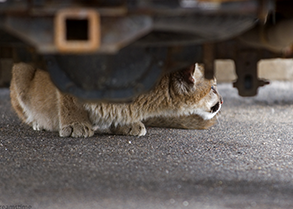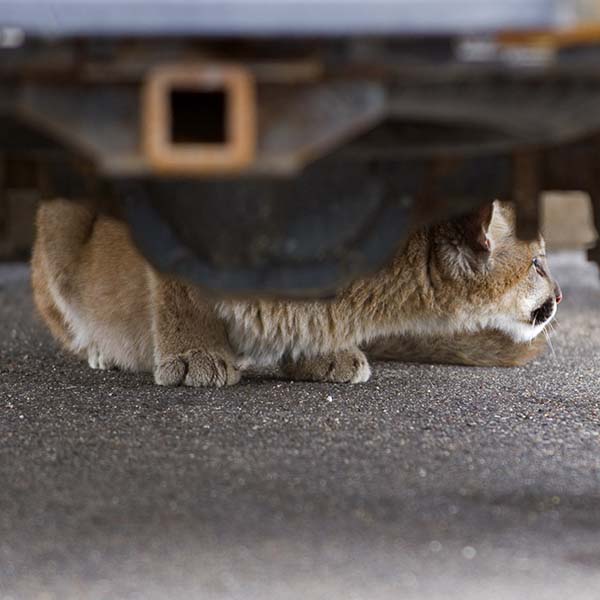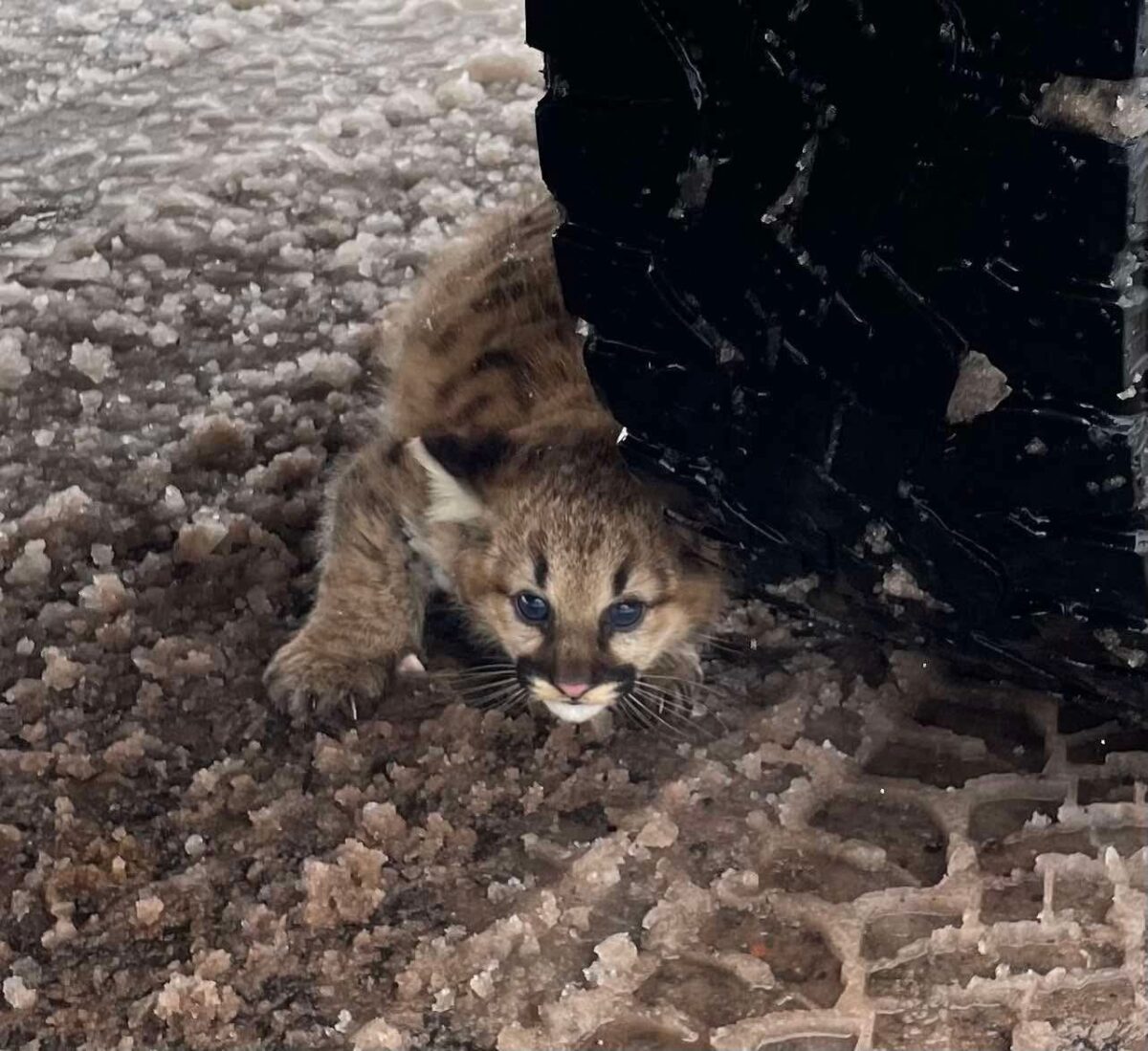 Young Santa Barbara Lion Gets Another Chance
Young Santa Barbara Lion Gets Another Chance

CDFW reported that the young lion was relocated to a remote location in the Los Padres National Forest, only a few miles away. The cat was alert at the time of release and was “chirping” – a vocalization used by young kittens to communicate with and locate mom and siblings.Relocation is moving an animal from one place in its home range to a different place inside of its home range. This is different from a translocation – when the animal is moved outside of its range to a new area. Because of their territory sizes, a new place for a mountain lion could be a considerable distance away from where it was found.The socio-political carrying capacity (the maximum number of lions that the public will tolerate) is almost always below that of the ecological carrying capacity (how many lions the environment can support). The good news is that Californian’s may have a higher tolerance for carnivores when compared to other places in the U.S., and that is shown in the state’s policy.Thanks to Senate Bill 132, this mountain lion was captured and relocated to a safe area, a fate that is not given to these big cats in other states.”SB 132 requires the use of nonlethal procedures when a mountain lion accidentally wanders into an urban area and poses no threat to the public,” says Korinna Domingo, Conservation Specialist at the Mountain Lion Foundation. SB 132 went into effect in January of 2014. “Many lions have benefited from this piece of legislation already.””I hope the cat makes it,” states Mountain Lion Foundation representative Robin Parks. When local first responders are called out to investigate reports of mountain lions, the situations range from simple sightings in the wild to the presence of lions in urban areas. A Naval Criminal Investigative Service retiree with over 25 years in federal law enforcement, Parks works directly with law enforcement agencies and gives presentations on various “shoot / don’t shoot” scenarios. His presentations are geared toward law enforcement personnel which show that killing a wayward cougar simply because it has wandered into human territory is rarely necessary and is often the wrong decision.
In May of 2017, CDFW officers responded to a juvenile mountain lion that wandered into a gardening center in Chatsworth. They found that the young lion had an ear tag, which identified him as P-50, a lion ear tagged as part of the National Park Service mountain lion study. P-50 was born to P-39, who was killed on the 118 freeway a few months earlier in December of 2016. Without the guidance of their mom, the other 2 cubs – about 8 months old – were killed in the subsequent weeks by vehicle strikes. The fate of young P-50 was unknown until wildlife officers tranquilized and relocated him into the Santa Susana Mountains.
While it is uncertain what the fate is of these mountain lions are after relocation, this nonlethal alternative may give them the best chance at making it in the wild. More information could be obtained by radio tracking lions that have been relocated, but no current studies exist in California.
Mountain Lion Foundation knows that it is not easy job being a Wildlife Officer. We thank our brave Wildlife Officers for keeping mountain lions and other wildlife safe from poachers, enforcing wildlife laws, and for calmly resolving human-wildlife conflict. Please join us in thanking these responders using the hashtag #IStandWithWildlifeOfficers.



 Facebook
Facebook Twitter
Twitter Send Email
Send Email


